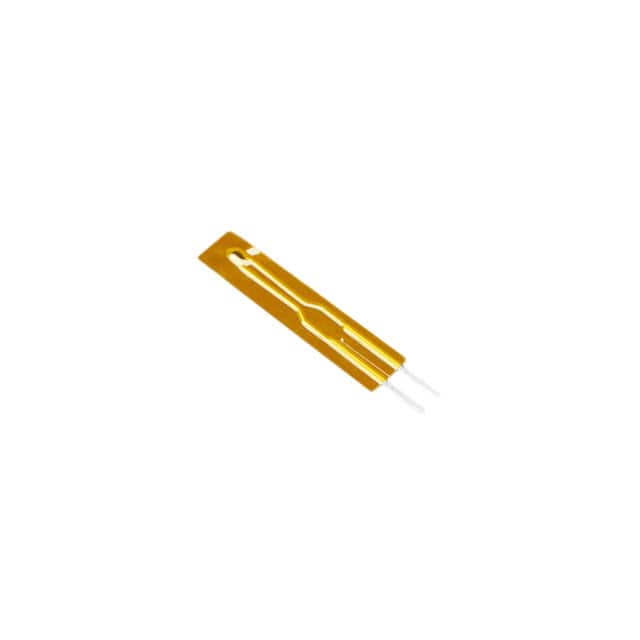Pololu 25D Metal Gearmotors Series, NTC Thermistors
Results:
1
Manufacturer
Series
Torque - Rated (oz-in / mNm)
Operating Temperature
Diameter - Shaft
Termination Style
Encoder Type
Voltage - Rated
Size / Dimension
Mounting Hole Spacing
RPM
Length - Shaft and Bearing
Function
Type
Power - Rated
Motor Type
Torque - Max Momentary (oz-in / mNm)
Features
Gear Reduction Ratio
Results remaining:1
Applied Filters:
Pololu 25D Metal Gearmotors
About NTC Thermistors
NTC thermistors, also known as Negative Temperature Coefficient thermistors, are specialized components designed to exhibit a change in resistance corresponding to variations in temperature. These devices demonstrate a negative coefficient behavior, meaning that their resistance diminishes as the temperature they are exposed to rises.
Commonly characterized by specific attributes, NTC thermistors are typically specified in terms of their base resistance value at a designated temperature, often set at 25°C. Additionally, they are defined by B values, which represent the performance curve illustrating the relationship between temperature and resistance, calibrated across two predetermined reference points.
This unique property of NTC thermistors makes them valuable for a wide array of temperature sensing and control applications. Their ability to accurately and responsively adjust resistance in accordance with temperature fluctuations enables their use in fields such as automotive, consumer electronics, and industrial equipment, where precise temperature monitoring and regulation are essential for optimal performance and safety.

